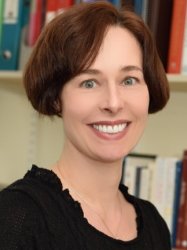BibTex format
@article{Need:2012:10.1136/jmedgenet-2012-100819,
author = {Need, AC and Shashi, V and Hitomi, Y and Schoch, K and Shianna, KV and McDonald, MT and Meisler, MH and Goldstein, DB},
doi = {10.1136/jmedgenet-2012-100819},
journal = {Journal of Medical Genetics},
pages = {353--361},
title = {Clinical application of exome sequencing in undiagnosed genetic conditions},
url = {http://dx.doi.org/10.1136/jmedgenet-2012-100819},
volume = {49},
year = {2012}
}

